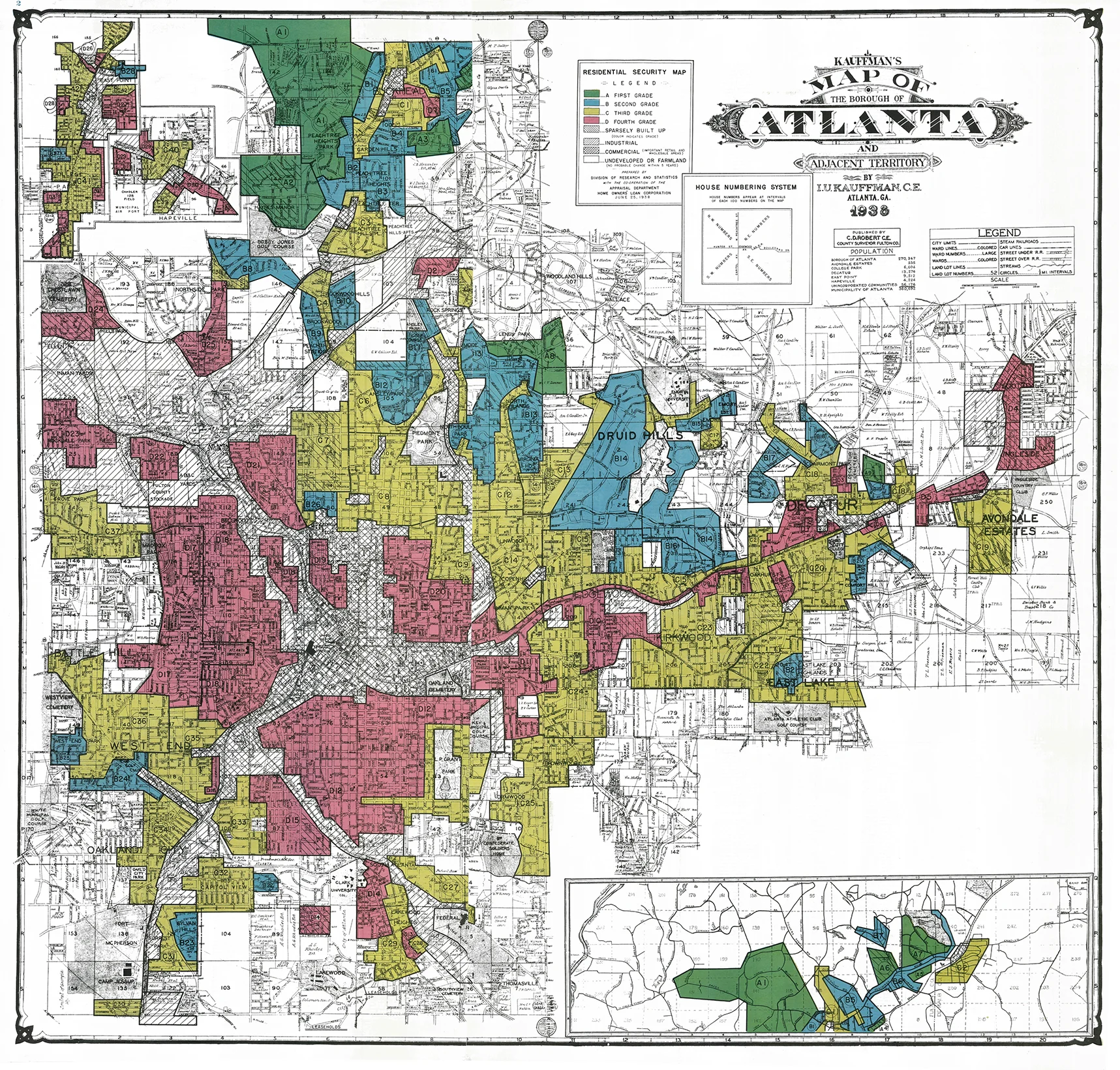"Collectively addressing the environmental and social factors that influence health, a process known as health and human services integration, is not a new concept in the United States, but our understanding of the value of integration is far ahead of our implementation of integration. Visionary leaders have shown that real integration is possible, that integration can effectively diminish health disparities, and that community life—and human lives—are better off when it can be achieved. Yet, significant barriers continue to stand in the way of integration, including isolated government departments, data systems that rarely “speak” to each other, and siloed funding sources—all of which have emerged organically over many years.
To better understand the current state of health and human services integration across the United States, the Kresge Foundation and the Center for Healthcare Research and Transformation (CHRT) at the University of Michigan embarked on an exploration of integration efforts across the country. We tracked the goals of these initiatives; the groups, systems, and programs that had been integrated; the factors that proved critical to success; the outcomes for those who are the most vulnerable (populations such as youth at risk, seniors, and those living in poverty); and, importantly, we recorded the challenges and lessons learned along the way."
Marianne Udow-Phillips, Kathryne O'Grady, Phyllis Meadows | July 10, 2018
This piece appears in Health Affairs Magazine.
Read More







